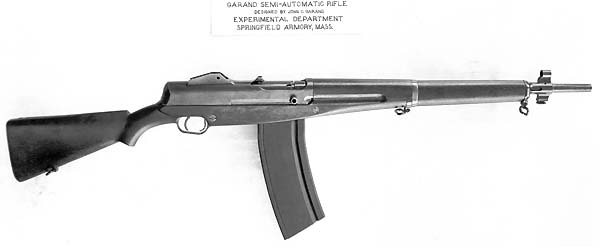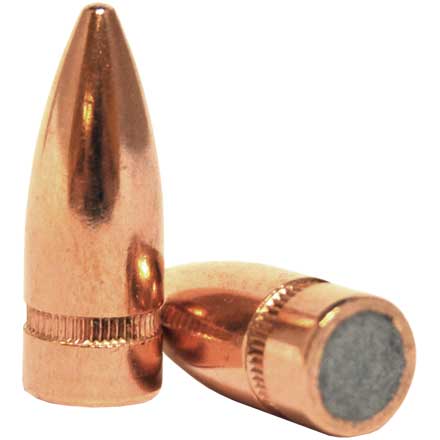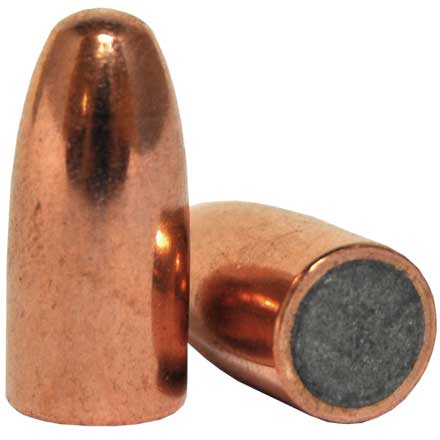The world may not have been looking to fast-paced, mechanized combat, but Germany certainly was. In the mid-1930s, Germany introduced the general purpose machine gun, and they were working on intermediate-power rifle ammo that led to the development and fielding of an assault rifle.
Meanwhile, the US was still using heavy, watercooled machine guns employed for trench warfare, and developing what was essentially an improved M1903 Springfield rifle. But then, as George Chinn said, Germany always sought to create tomorrow's weapons today, while we sought to develop yesterday's weapons soon.
Concur. The extensive use of light armored vehicles by German forces would seem to have made it prudent to use AP ammo, instead of lead-core Ball.
Significant, yes. Great, no. It was just more of the same, a better battle rifle. It wasn't the "game changer" that the German Sturmgewehr was.
The US could have fielded an assault rifle in the 1930s, were it not for a lack of vision. All of the pieces were there. They just needed to be put together.
Intermediate-Power Cartridge (.30 Remington)

Straight-Line Stock (M1917 Winchester Machine Rifle)

30-Round Magazine (M1920 Garand Rifle)

Meanwhile, the US was still using heavy, watercooled machine guns employed for trench warfare, and developing what was essentially an improved M1903 Springfield rifle. But then, as George Chinn said, Germany always sought to create tomorrow's weapons today, while we sought to develop yesterday's weapons soon.
Originally posted by VASCAR2
Significant, yes. Great, no. It was just more of the same, a better battle rifle. It wasn't the "game changer" that the German Sturmgewehr was.
The US could have fielded an assault rifle in the 1930s, were it not for a lack of vision. All of the pieces were there. They just needed to be put together.
Intermediate-Power Cartridge (.30 Remington)

Straight-Line Stock (M1917 Winchester Machine Rifle)

30-Round Magazine (M1920 Garand Rifle)




Comment